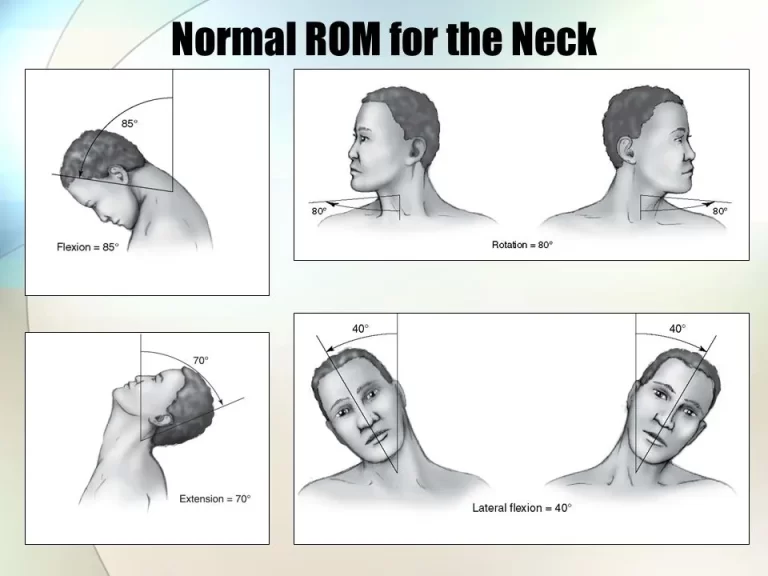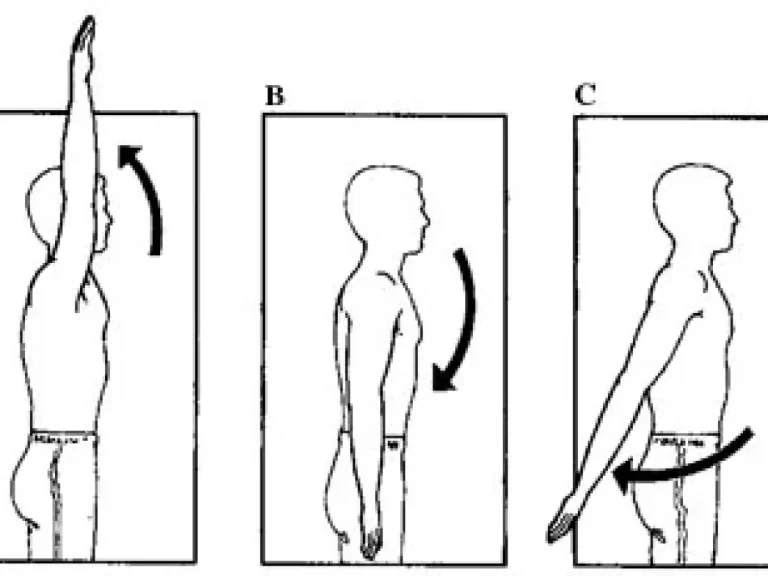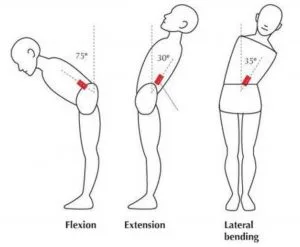Cervical Spine Range Of Motion Examination
Introduction Cervical neck pain is a prevalent issue worldwide and constitutes a significant public health problem. According to a population-based study conducted in Canada, the lifetime prevalence of neck pain in adults is 66.7%, and 22.2% of Canadians reported neck pain on the day of the survey. In Europe, annual neck pain prevalence ranges from…



